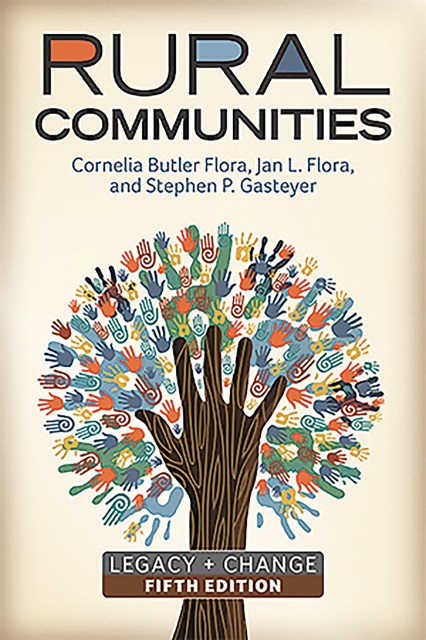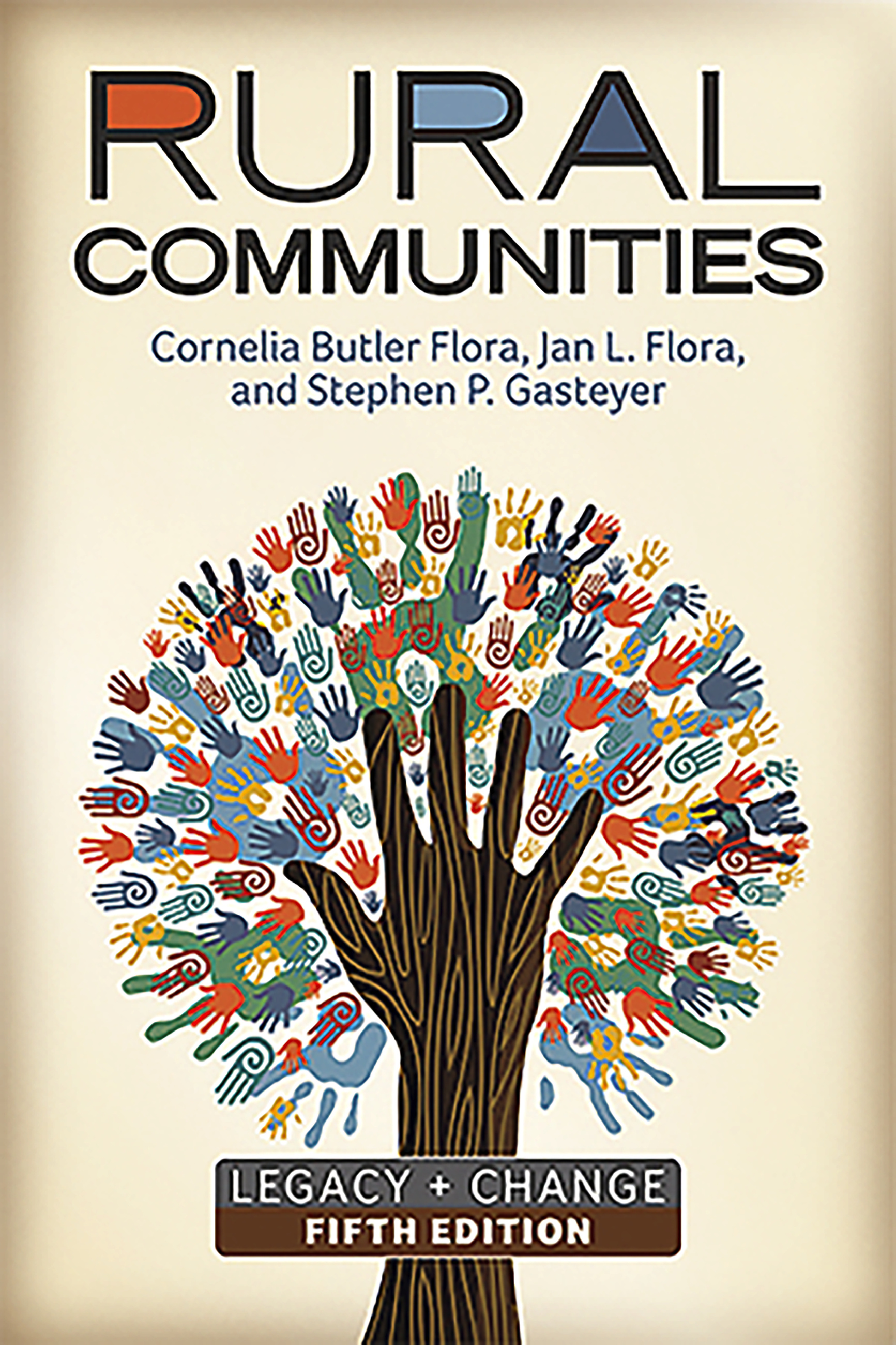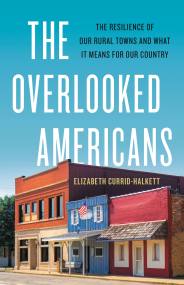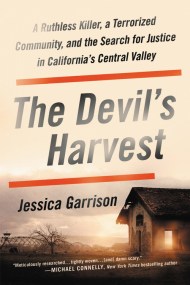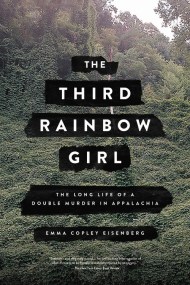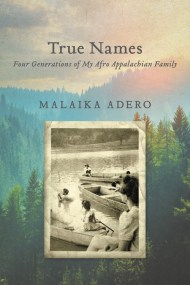Promotion
Shop now and save 20% on your back-to-school purchases & get free shipping on orders $45+ Use code: SCHOOL24
Rural Communities
Legacy + Change
Contributors
By Jan L. Flora
By Stephen P. Gasteyer
Formats and Prices
Price
$50.00Format
Format:
- Trade Paperback $50.00
- ebook $33.99
This item is a preorder. Your payment method will be charged immediately, and the product is expected to ship on or around August 4, 2015. This date is subject to change due to shipping delays beyond our control.
Also available from:
Communities in rural America are a complex mixture of peoples and cultures, ranging from miners who have been laid off in West Virginia, to Laotian immigrants relocating in Kansas to work at a beef processing plant, to entrepreneurs drawing up plans for a world-class ski resort in California’s Sierra Nevada. Rural Communities: Legacy and Change uses its unique Community Capitals framework to examine how America's diverse rural communities use their various capitals—natural, cultural, human, social, political, financial, and built—to address the modern challenges that face them.
Each chapter opens with a case study of a community facing a particular challenge, and is followed by a comprehensive discussion of sociological concepts to be applied to understanding the case. This narrative, topical approach makes the book accessible and engaging for undergraduate students, while its integrative approach provides them with a framework for understanding rural society based on the concepts and explanations of social science
This fifth edition is updated throughout with 2013 census data and features new and expanded coverage of health and health care, food systems and alternatives, the effects of neoliberalism and globalization on rural communities, as well as an expanded resource and activity section at the end of each chapter.
Genre:
- On Sale
- Aug 4, 2015
- Page Count
- 448 pages
- Publisher
- Avalon Publishing
- ISBN-13
- 9780813349718
Newsletter Signup
By clicking ‘Sign Up,’ I acknowledge that I have read and agree to Hachette Book Group’s Privacy Policy and Terms of Use
